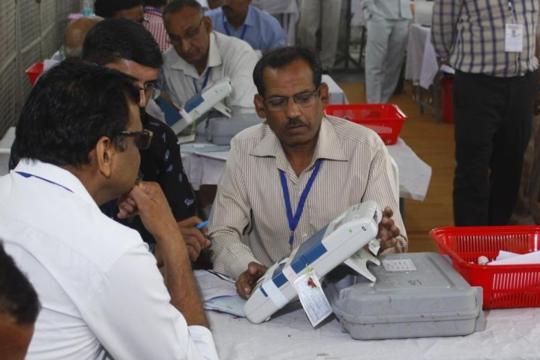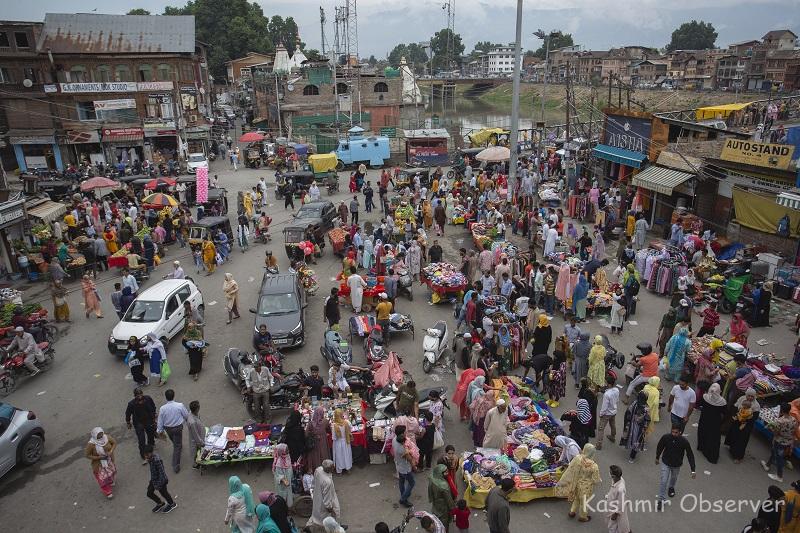
THE Indian Meteorological Department (IMD) has issued a warning for flash floods in Jammu and Kashmir as a result of the fresh wet spell from July 19. The department also predicted waterlogging and minor floods over low-lying areas. This is troubling considering that the two days of rain shouldn’t be such a cause of concern in the Valley. But that the IMD warns of flash floods in the wake of short-duration summer rain underlines the continuing vulnerability in the Valley to the calamity even seven years after the September deluge that sank Srinagar and large swathes of the Valley and Jammu. Ever since J&K, particularly the Valley has lived in dread of a repeat of yet another big flood. In Srinagar, people fear that an extended uninterrupted spell of rain might yet again lead to Jhelum spilling over its banks.
This has created a deeply disturbing situation in the Valley. We are, time and again, reminded of our hapless vulnerability to flooding whenever there are two or more days of uninterrupted rain in a warmer season. More so, in Srinagar whose new-found susceptibility to flood threatens to put a question mark on its viability as a summer capital. That is, unless we conceive and execute a course of action that drastically reduces this vulnerability.
If anything, it highlights how little has been done by way of infrastructure building to protect the Valley from flooding. Less than two days of rain creates flood-like conditions. What it means is that in the past seven years, we have not been able to increase the capacity to brave one more day of rain. The legitimate question to ask is what were the previous governments doing in these years. Or what has the dredging of Jhelum and the repairing of its embankments done in terms of enhancing our capability to resist the flood.
Now, what if the Valley once again experiences the uninterrupted two to three-day rainfall? Considering the Valley’s erratic weather, such a prospect isn’t unlikely. What is doubtful is the administration’s ability to face up to this. And largely because the previous governments have built little defense against an extended incessant rainfall. Could Jhelum carry now more water than it did a few years earlier? Not at all. Similarly, could the spill channel carry the excess discharge than it did in 2014? The answer is again no. This is a dangerous state of affairs to be in. One can only hope that the current administration understands the enormity of the challenge and sets about in right earnest building our defences against a repeat of the 2014 scenario, which could be sooner than we are prepared for.
Follow this link to join our WhatsApp group: Join Now
Be Part of Quality Journalism |
Quality journalism takes a lot of time, money and hard work to produce and despite all the hardships we still do it. Our reporters and editors are working overtime in Kashmir and beyond to cover what you care about, break big stories, and expose injustices that can change lives. Today more people are reading Kashmir Observer than ever, but only a handful are paying while advertising revenues are falling fast. |
| ACT NOW |
| MONTHLY | Rs 100 | |
| YEARLY | Rs 1000 | |
| LIFETIME | Rs 10000 | |










